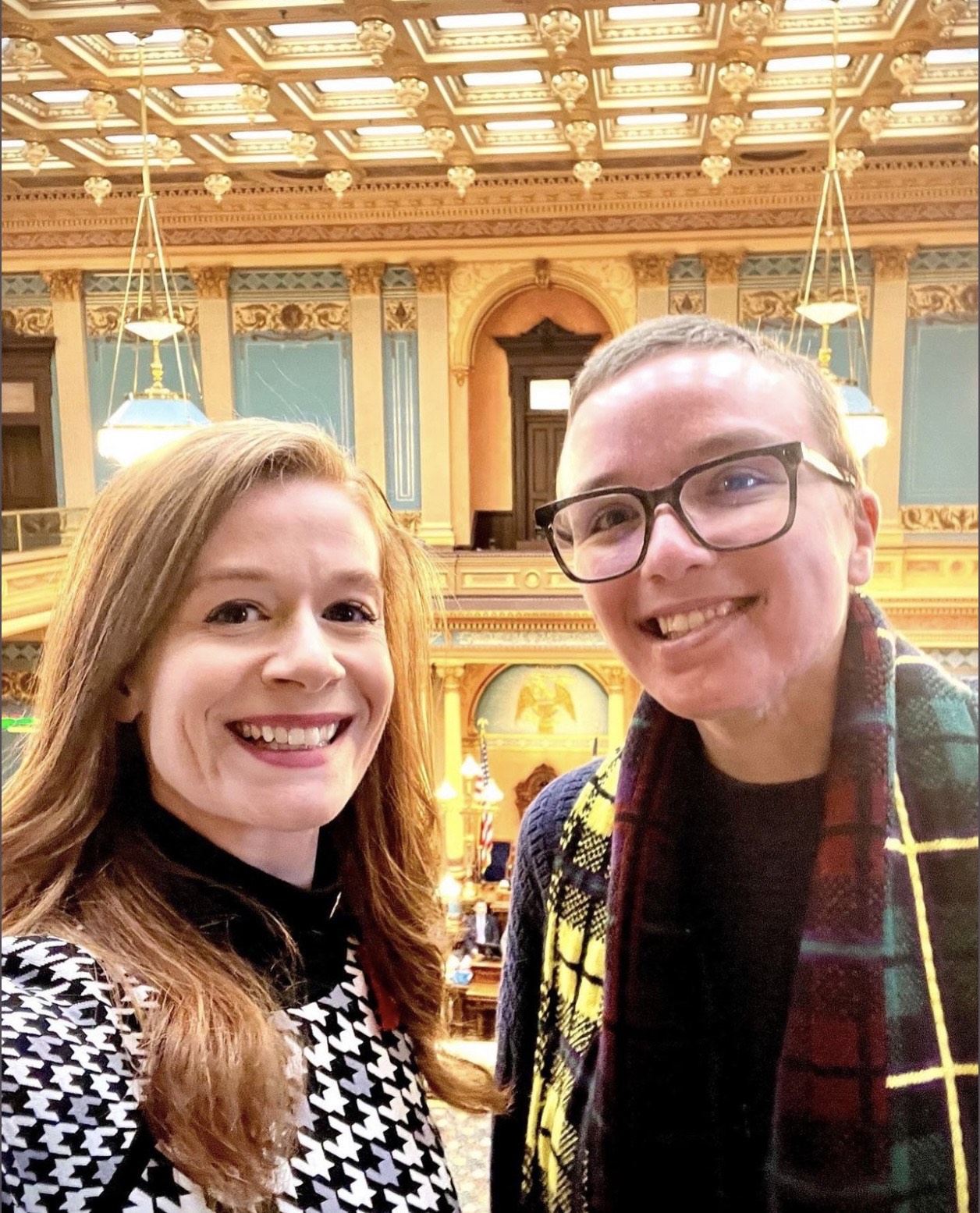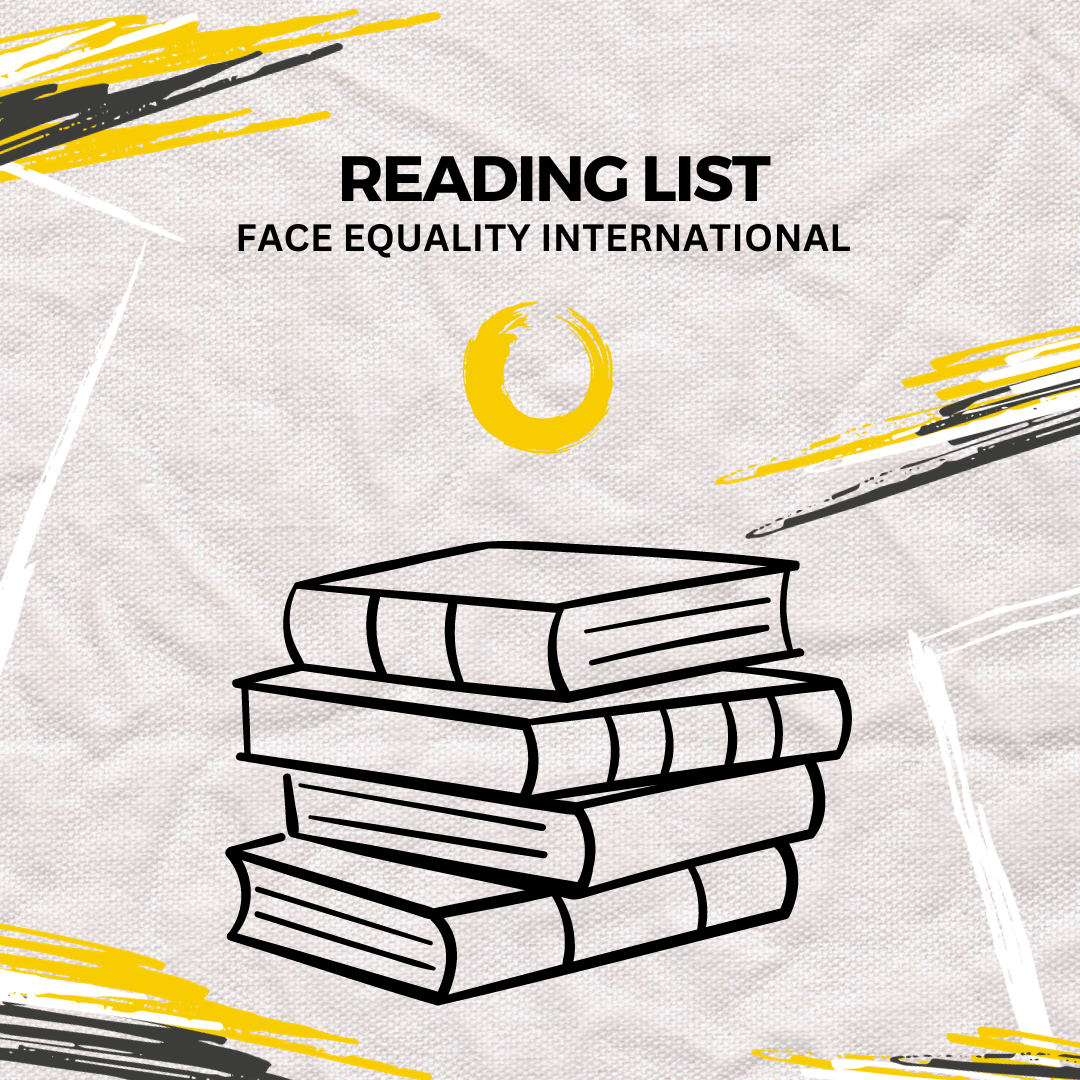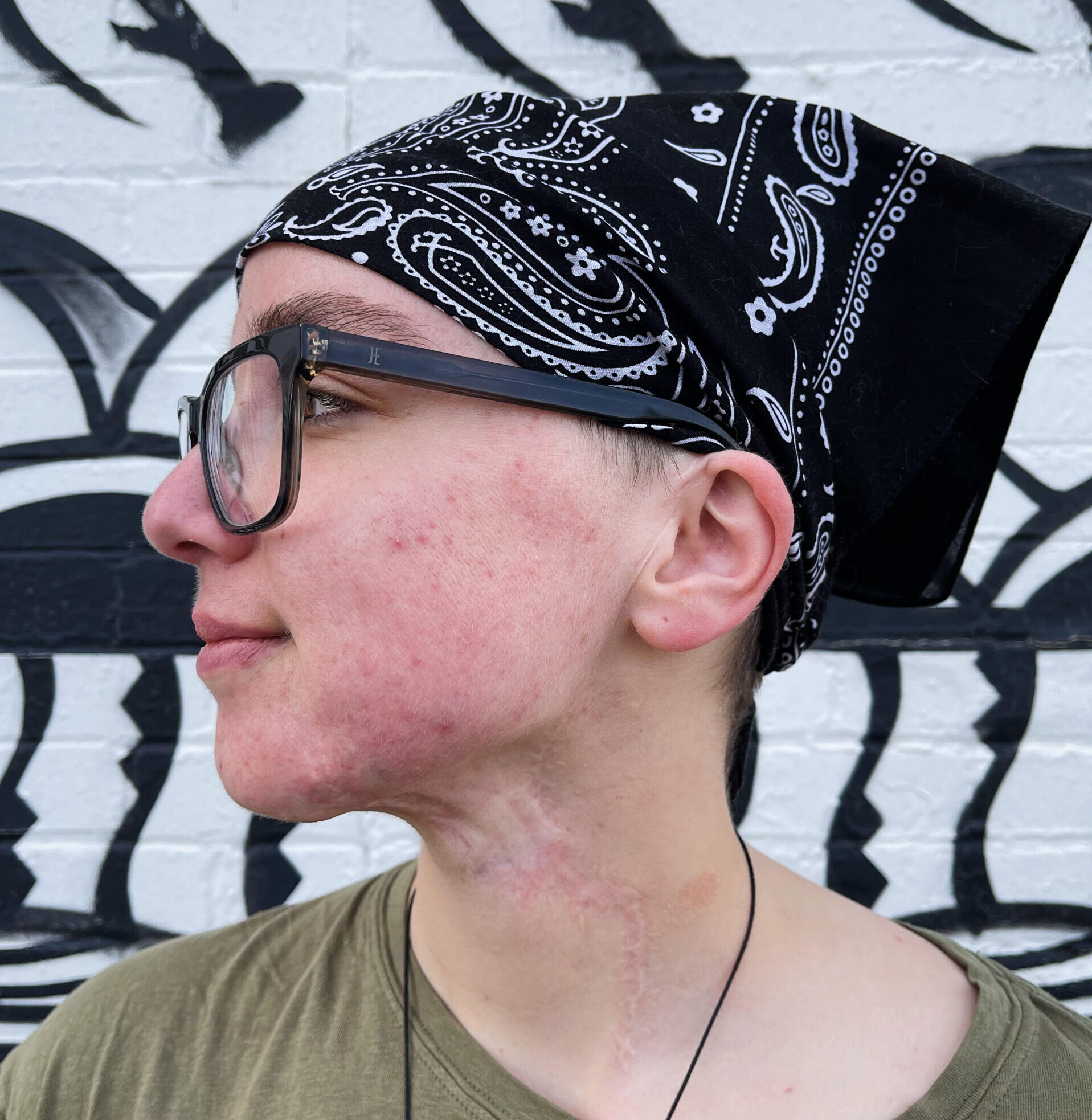Sophie Arkette
Occasionally I am confronted with the question, what is it like to have a facial disfigurement? Short of the standard retort: no idea, I’ve never known anything else, I pause momentarily and begin by pointing out a few obstacles – 3rd party attitudes – that make social engagements, interactions in general, an exercise in endurance. I wouldn’t say I’m good at ironing out these difficulties, nor at portraying a steely reserve, which in its correct measure is considered a prophylactic against most types of untoward behaviour, even the most insidious. But there is a longer, more protracted, answer to the question that requires a little understanding of how unconscious bias works.
As the name indicates, unconscious bias is a latent attitude, deep and hard-wired, which means it’s difficult to identify in a single episode or even in a small sample of behaviour. That said, negative behaviour is generally considered an analog of any neural activity acting in concert. At this juncture, I should point out that I am not positing a one-one correspondence between a neurological and behavioural episode, I say only that general knowledge of brain function – the relative position of any given excitation pattern – is crucial to understanding the hue of incoming stimuli once processed. Of the studies which look specifically at the neural processes involved in facial recognition, and in the perception of disfigured faces, there are strong indicators supporting a view that when perceiving an asymmetrical face, we react negatively. To put it another way, neural responses generated from perceiving images of disfigured faces are similar to those when perceiving images of persons from a stigmatized group, and are thought of as the precursor to non-empathetic attitudes, to those attitudes symptomatic of dehumanization. Translated into everyday experiences, we who have nonconformist faces must spend energy in chiselling away at another’s congenital attitudes; if not, an interloper, this perception of our facial disfigurement, now ossified in his or her mind, will obstruct the view towards our selves.
Attitudes about facial asymmetry, as with other characteristics identified as variants of the norm, for example, a cleft in the skull, the absence of a philtrum, evident in cleft lip and palate conditions or, arteriovenous malformation, the swelling of an area of the face, are said to originate in a fear of contamination: of a desire to avoid any person whose physical characteristics express an underlying constitutional defect in the biological system. Perhaps facial disfigurement is also aligned to a disease, as some have suggested – which is carried from one generation to the next. Whatever the precise reason, the face, perhaps more than any other part of the body, is thought to require correction. An uncorrected cleft palate, for example, has a bearing on speech articulation, the less pronounced cleft impacting only the clarity of sibilants, the more pronounced, speech in general, as anyone will tell you who has heard the lectures of Jürgen Habermas. I admire Habermas for deciding to leave well alone, even if he struggles, as he inevitably does, in shaping sound, no one can doubt his ability to communicate. His notable intellect is insurance against the stereotype of taking a speech defect as a sign of dull wittedness. As enduring and as irritating a stereotype this is, it has enabled, for at least one person, a rare political advantage. Was it not for the Roman Emperor Claudius’ impairments- the stammer, the epilepsy – he might not have lived to become Emperor, succeeding the tyrant, Caligula. Ascribing stupidity and clownishness on the back a set of physical defects seems to have rendered his existence impotent to any possible enemies, although it did little to diminish the derision expressed throughout his tenure by the likes of Tacitus, Cassius Dio and Seneca.
Unconscious bias is difficult to dislodge because, as the name indicates, the subject of the investigation is unaware of its existence, even following an accusation. In a sense, the idea of drawing attention to a residual aspect of the mind is defeating, if only because holding a bias is mercurial and vanishes with every attempt at illumination. Apart from fear of contamination, which sets the tone more than anything else, some have suggested, the facial scar is the emblem of a mendacious character: the facial scar has masqueraded under this pretext in film to the extent of assuming symbolic value. This is just one of many filmic devices appropriated from folklore and legend, attributed more often than not to acts of retribution cast upon an unfortunate individual. But more pointedly, the congenital condition, the baby with the cleft or facial palsy, is tarnished by a supposed act of negligence by one or both parents. Guilt, even misplaced guilt, even with the knowledge of mitigating factors such as a spontaneous occurrence of a transcriptional error in protein production or the unpredictability arising from several genetic factors acting in concert, lingers like an unpleasant odour.
When heaped, one negative association against another, there is not much to be said for having a facial disfigurement. The subject is conspicuous. He must prepare for the inevitable intrusive question, the ridicule; his behaviour will be scrutinized for defects, recorded without consent, even surreptitiously, magnified, spliced into segments, disembodied, misconstrued and often rendered mendacious. And yet, it would be wrong to suppose a facial anomaly leaves a person helpless and vulnerable, in need of a set of protections, although legislating a level playing-field, in respect of the four protected characteristics – the domain of disability providing protection for facial scars – when it comes to prosecuting instances hate crime would be a welcome revision. There are many examples of people whose lives are informed by the obstacles they confront.
I was asked to give an answer to a question about what face equality means to me. I do not have a ready answer but look to Randolph Bourne, one of the first writers, if not the first, to pen an essay about the impact physical deformity had on his life. And he writes more eloquently than I: “Life appears to him as a grim struggle, where ability does not necessarily mean opportunity and success, nor piety sympathy, and where helplessness cannot count on assistance and kindly interest. Human affairs seem to be running on a wholly irrational plan, and success to be founded on chance as much as on anything. But if he can stand the first shock of disillusionment, he may find himself enormously interested in discovering how they actually do run, and he will want to burrow into the motives of men, and find the reasons for the crass inequalities and injustices of the world he sees around him.” Randolph Bourne, The Handicapped, published anonymously as “The Handicapped — By One of Them”, in The Atlantic Monthly, 1911
Love is simply the name for the desire and pursuit of the whole.
― Plato, The Symposium
Sophie Arkette
Posted by


